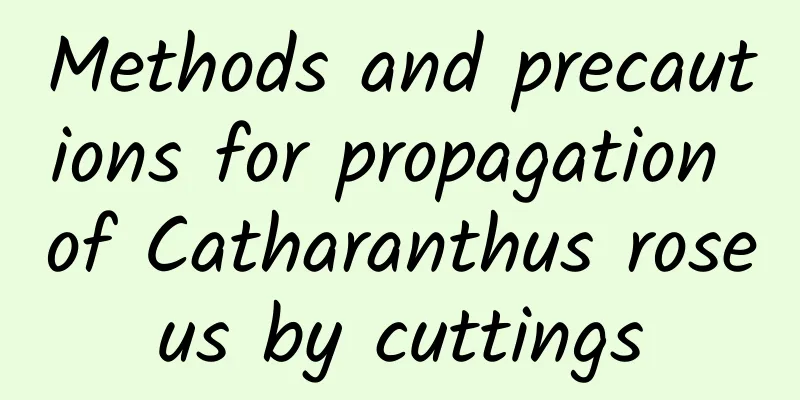How to cultivate Brazilian wood

Farming methodssoilThe rubber tree likes a warm, humid, slightly acidic growing environment and likes soil with good drainage and humus. Therefore, in order to make the plant grow better, it is recommended to use a soil mixed in proportion with peat soil, leaf mold, and garden soil and perlite for cultivation. illuminationThe rubber tree likes sunlight, but dislikes exposure to the sun and long shade. It is recommended to place the bag in a bright and well-ventilated place indoors for maintenance. If you want to view it in a dark room, you need to pay attention that after a period of time, you need to place it in a sunny place for maintenance. Generally, the rubber tree needs sufficient light except in summer. However, in the scorching summer, care should be taken to avoid direct sunlight to prevent the leaves from being burned by the sun. You can choose to use shelter for shade. Water and fertilizer managementThe rubber tree likes a humid growing environment, but avoids stagnant water. It may enter a dormant period in winter. During this period, you need to pay special attention to controlling the amount of water and try to keep the soil in the pot dry. During the growing period, you should pay attention to maintaining a reasonable humidity. When you find that the branches and leaves are a little burnt, you can choose to spray some water around them, or spray a small amount of water on the branches and leaves. During the growth period of the rubber tree, it is recommended to apply fertilizer once every half a month. Stop applying nitrogen fertilizer in September and apply phosphorus and potassium fertilizers two or three times a month to increase the plant's resistance to cold. Another thing worth mentioning is that in order to make the rubber tree more ornamental, a small amount of fertilizer should be applied to prevent the potted rubber tree from growing too large and becoming difficult to maintain. PrecautionsThe rubber tree likes warmth, and the indoor temperature should be kept above 10 degrees Celsius in winter. In addition, the rubber tree likes a humid environment, and when growing new leaves, it is necessary to pay attention to maintaining the humidity of the surrounding air. If it is too dry, it may cause the tips and edges of the leaves to curl and wither. |
<<: Throw a piece of fruit peel into the pot, and the flowers will grow strong and vigorous!
>>: What to do if the leaves of African jasmine wilt and the new branches turn yellow
Recommend
Eggplant high yield management method
Eggplant can be divided into three types accordin...
What is cabbage?
What is cabbage? Cabbage is a plant that is often...
Varieties of Bayberry
Water chestnut and bayberry This species has the ...
What is cauliflower?
What is cauliflower? Cauliflower is a vegetable t...
Can the lucky tree be watered with vinegar?
The lucky tree can be watered with vinegar The lu...
Cultivation methods and precautions of black heart chrysanthemum
How to grow black chrysanthemum soil Rudbeckia ha...
Can a peony survive if its leaves wilt?
1. Can I still live? Peonies are relatively diffi...
Hibiscus cutting method and time
1. Time The suitable time for cuttings is spring,...
When is the best time to plant rapeseed?
Rapeseed Planting Time If rapeseed is planted in ...
How to sow kapok seeds and when to plant them
1. When to plant kapok seeds It is recommended to...
Sweet potato planting technology and management methods
The growth cycle of sweet potato can be divided i...
Do orchids like water and sunlight? Can they be exposed to the sun after watering?
1. Do orchids like water? Most orchids prefer wat...
The cost and profit of planting honeysuckle per acre
Honeysuckle is a commonly used Chinese medicinal ...
Do ginseng fig and banyan trees bloom? What is the difference between the two?
1. Whether it blooms Normally, ginseng fig rarely...
Causes and treatments for yellowing leaves of Hosta
1. Unsuitable soil Reason: The soil for planting ...









